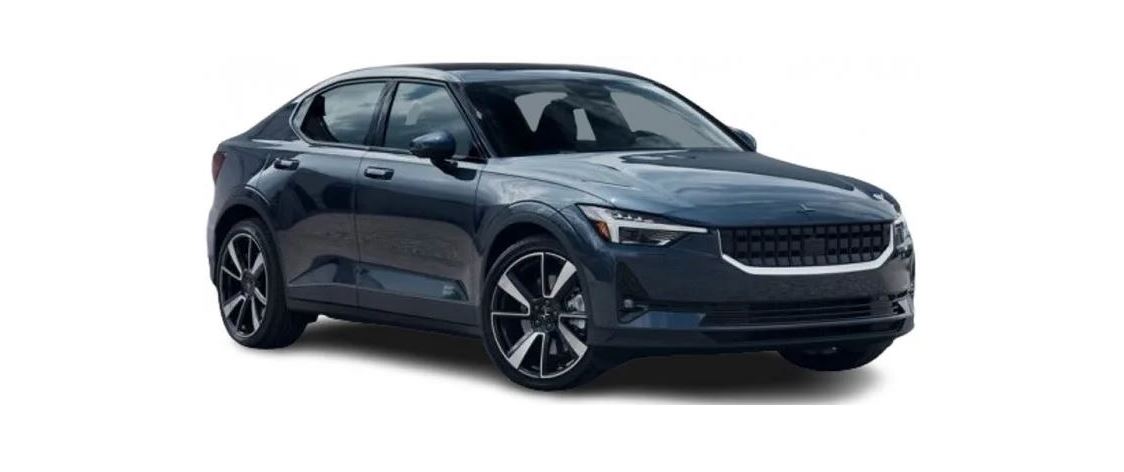When time and opportunity allow, choose AC charging rather than DC rapid charging. AC charging is gentler on the high-voltage battery, particularly in the case of regular charging.
High charge level
Avoid charging the vehicle to 100% unless the entire range is needed for the trip.
The battery can be damaged by maintaining a very high charge level for a long period of time. For this reason, avoid leaving the vehicle plugged in for charging for more than the recommended charge level, which is shown in the center display.
Low charge level
The high-voltage battery could be severely damaged if it is not recharged after becoming completely discharged. Because some consumption and natural battery discharge occur even when the vehicle is not being used, the charge level can drop to 0% if the vehicle is left unplugged with a low charge level.
If the charge level is under 20%, charging is always recommended so as to not risk discharging the battery completely.
Long-term parking
To minimize the risk of battery damage during long-term parking (longer than one month), a charge level of 40-60% is recommended. Set the desired charge level in the center display.
- If the charge level is higher – drive the vehicle until the charge level is lower.
- If the charge level is lower – charge the vehicle.
If you plan to park the vehicle for longer than three months, continuous charging is recommended.
Regularly check the vehicle’s charge level and ensure that charging is functioning properly.
Parking in warm climates
- Avoid exposing the vehicle to extreme temperatures. If there is a risk of temperatures reaching about 55 °C (131 °F), parking for longer than 24 hours should be avoided completely as this could seriously damage the battery.
- High temperatures can damage the high-voltage battery, especially if it is exposed to these temperatures for a long period of time. If possible, always plug in the vehicle for charging in temperatures higher than 30 °C (86 °F). The vehicle can actively cool the battery while it is parked, but this consumes current and causes the charge level to drop. If the vehicle is charged during the time it is parked, the battery can be cooled without being discharged.
- If possible, park in the shade if the outdoor temperature is high. Strong sunlight in combination with high outdoor temperatures can cause the vehicle and the high-voltage battery to become very warm.
Parking in cold climates
If the temperature of the high-voltage battery is low, its performance is temporarily reduced until the battery warms up again. Plug in the vehicle for charging and use preconditioning to avoid driving with reduced performance. The vehicle can then warm up the battery before driving without the charge level and range being decreased.
Plug the vehicle in for charging if you plan to park it for longer than 24 hours when the ambient temperature is under -30 °C (-22 °F).
It is not harmful to drive the vehicle when it indicates that performance is reduced due to low temperatures.






